Hardly any other element influences the appearance of a vehicle as much as the wheels. They refine and define the character of every Mercedes-Benz model with the perfect balance between functionality and design.
,xPosition=0,yPosition=0.5)
Mercedes-Benz wheel design
Mercedes-Benz AG
Mercedesstraße 120
70372 Stuttgart
Germany
Phone: +49 7 11 17-0
E-Mail: dialog@mercedes-benz.com
Please send queries about content on this website to any contact. You can address your concerns to us in English and your respective national language.
Represented by the Board of Management:
Ola Källenius, Chairman; Jörg Burzer, Mathias Geisen, Olaf Schick, Michael Schiebe, Britta Seeger, Oliver Thöne, Harald Wilhelm
Chairman of the Supervisory Board: Martin Brudermüller
Court of Registry: Stuttgart; commercial register no. 762873
VAT ID: DE 32 12 81 763
All information about our products can be found on your country-specific Mercedes-Benz product page.
,xPosition=0,yPosition=0.5)
Mercedes-Benz wheel design
Hardly any other element influences the appearance of a vehicle as much as the wheels. They refine and define the character of every Mercedes-Benz model with the perfect balance between functionality and design.
Today, customers can choose from a wide range of wheels. In keeping with tradition, many designs follow overarching Mercedes themes. One example is the flat design, which can be found in various guises on Mercedes-Benz, Mercedes-AMG and Mercedes-Maybach cars. Cross-spoke wheels in various configurations are just as much a part of the range as filigree multi-spoke models. Single, double or triple spokes enrich the programme. Different colours and polished surfaces set further accents. The ball-burnished surfaces of the forged wheels in the Mercedes-Maybach model series represent the top end.
The inventor of the motor car was also ahead of his time when it came to choosing wheels. Carl Benz built his patented motor car in 1886 on wheels with fine metal wire spokes. They dominated for many decades. The first Mercedes model drove from victory to victory at the 1901 race week in Nice on wheels with twelve wooden spokes each. This Mercedes 35 hp not only went down in history as a sensational sports car but is also widely recognised as the world's first modern automobile.
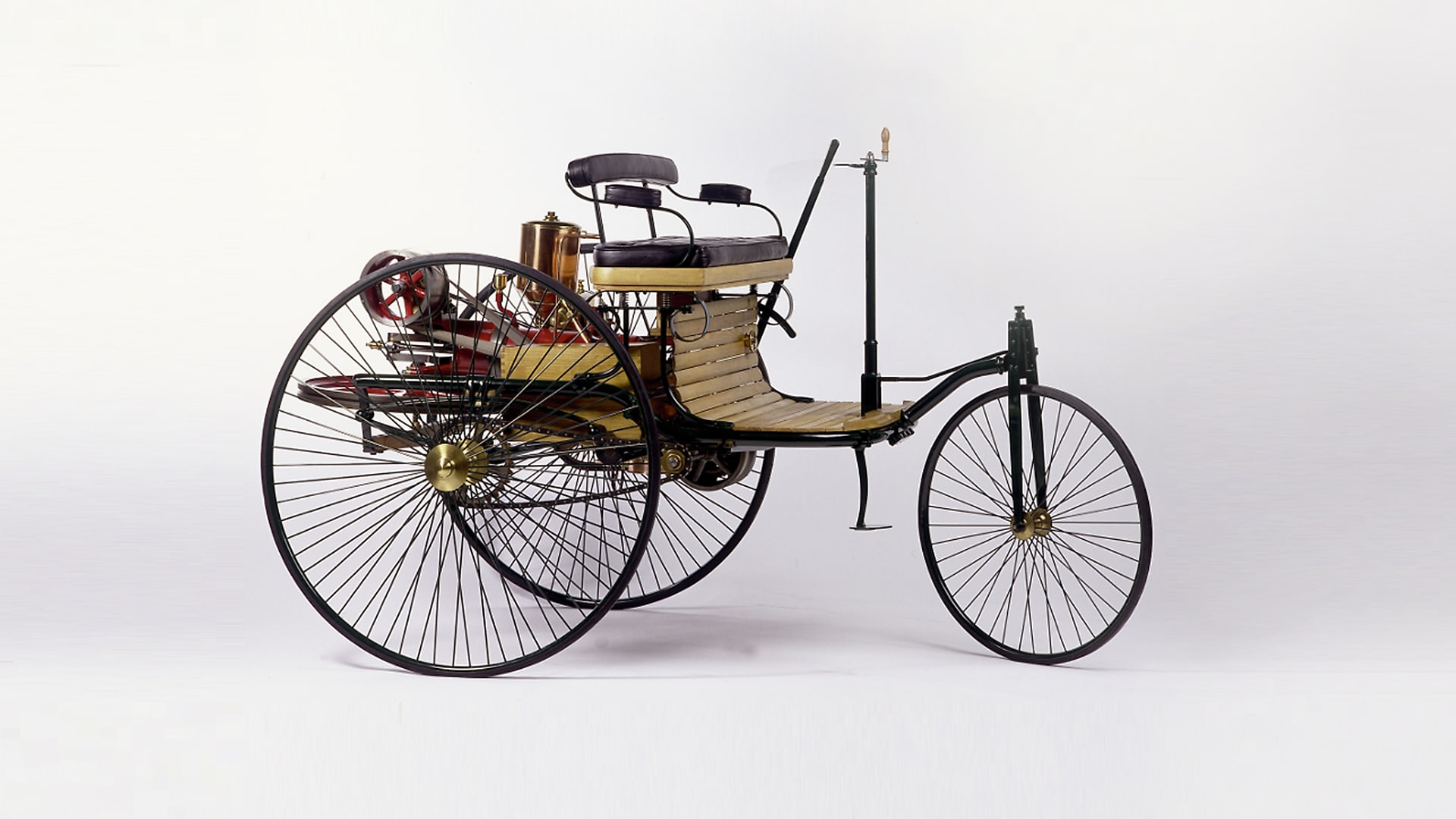

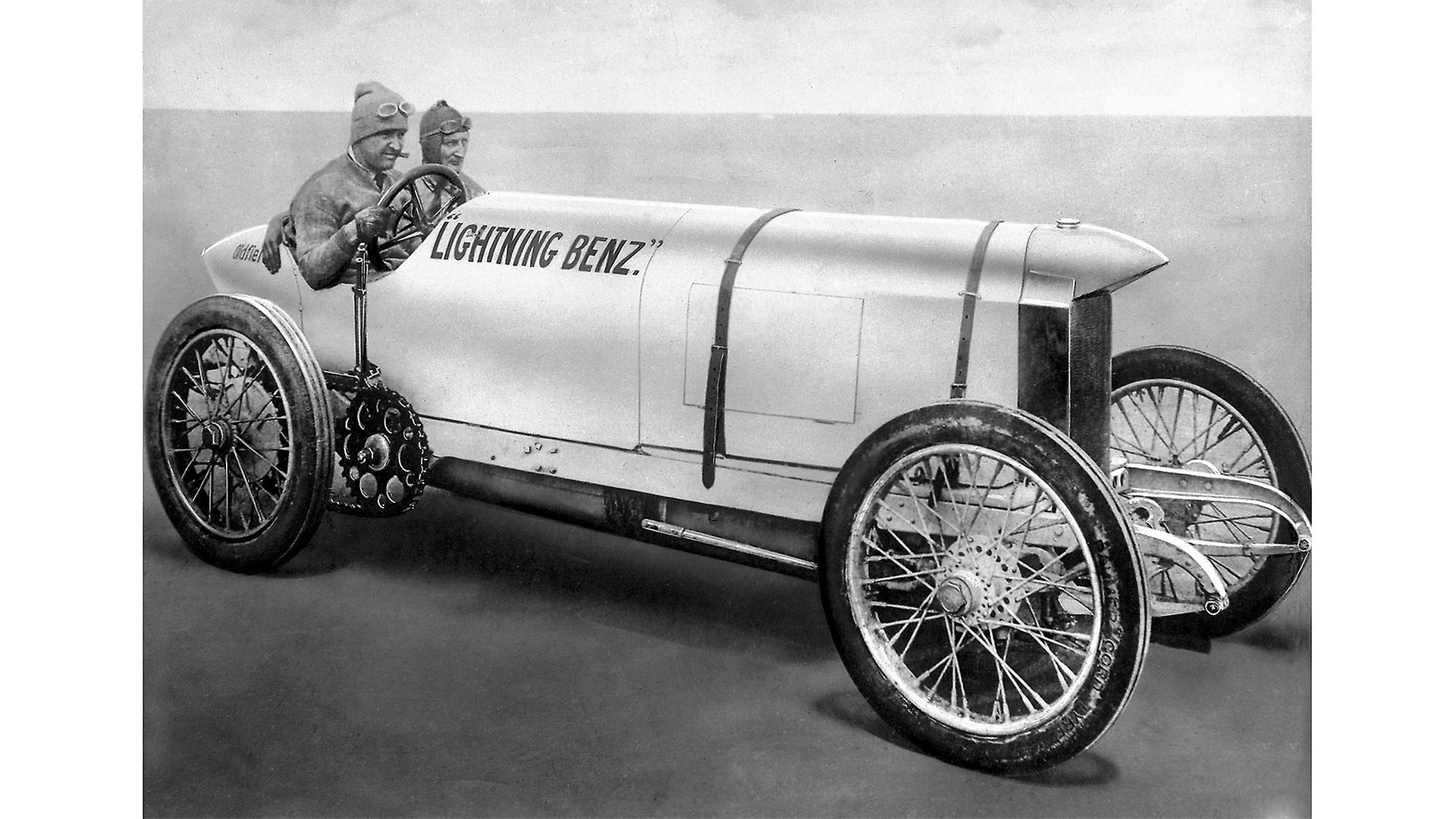

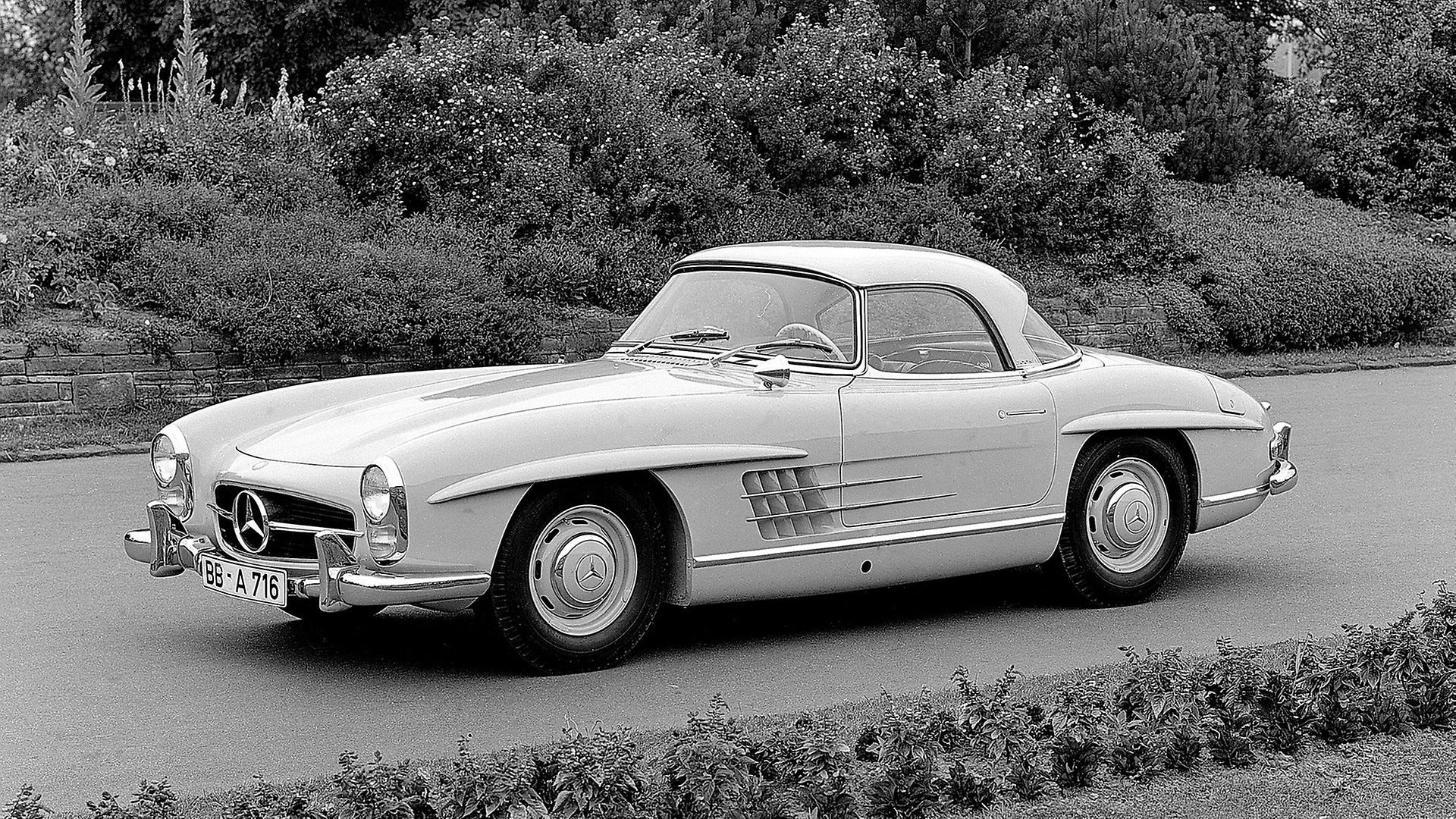
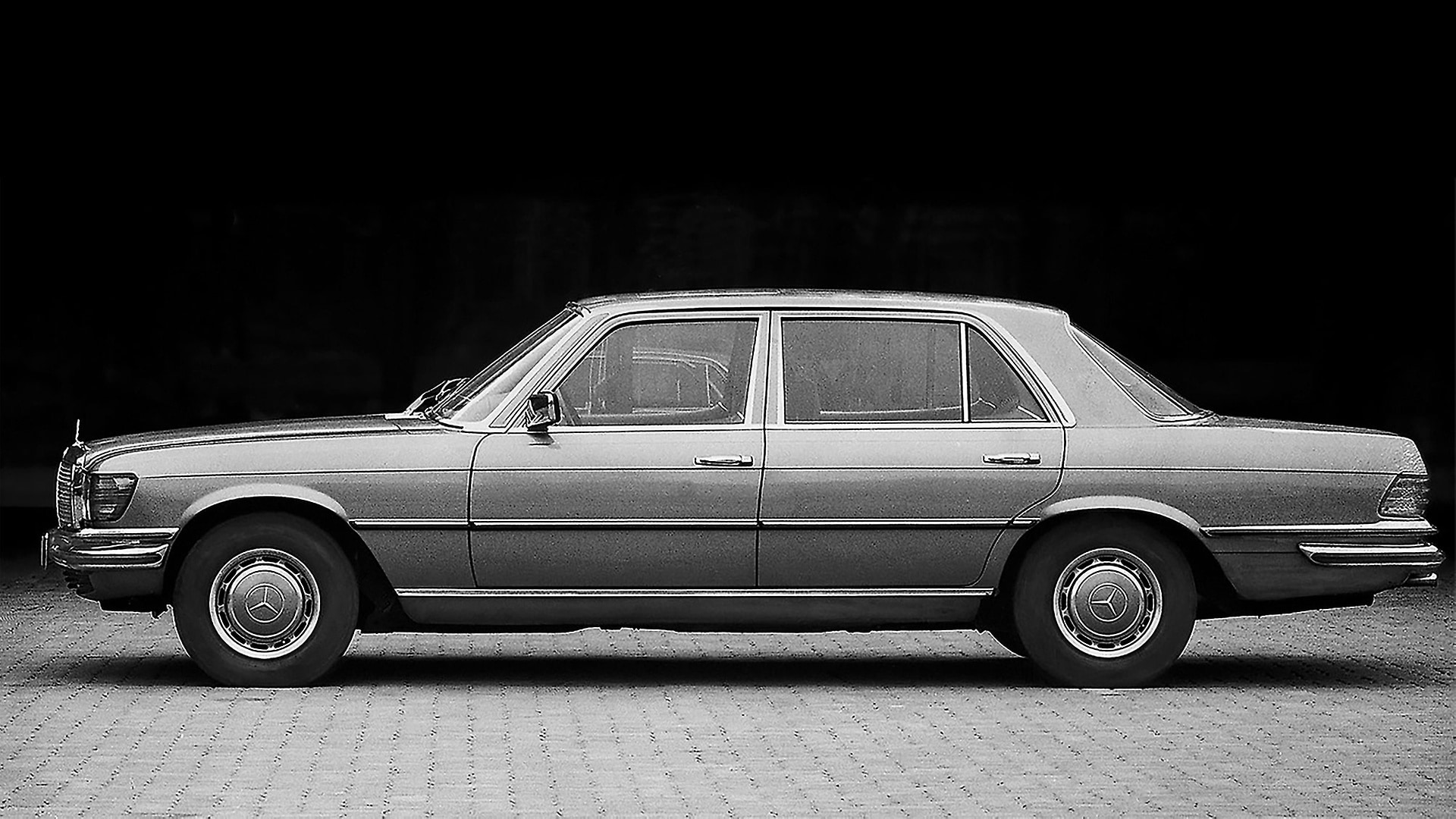
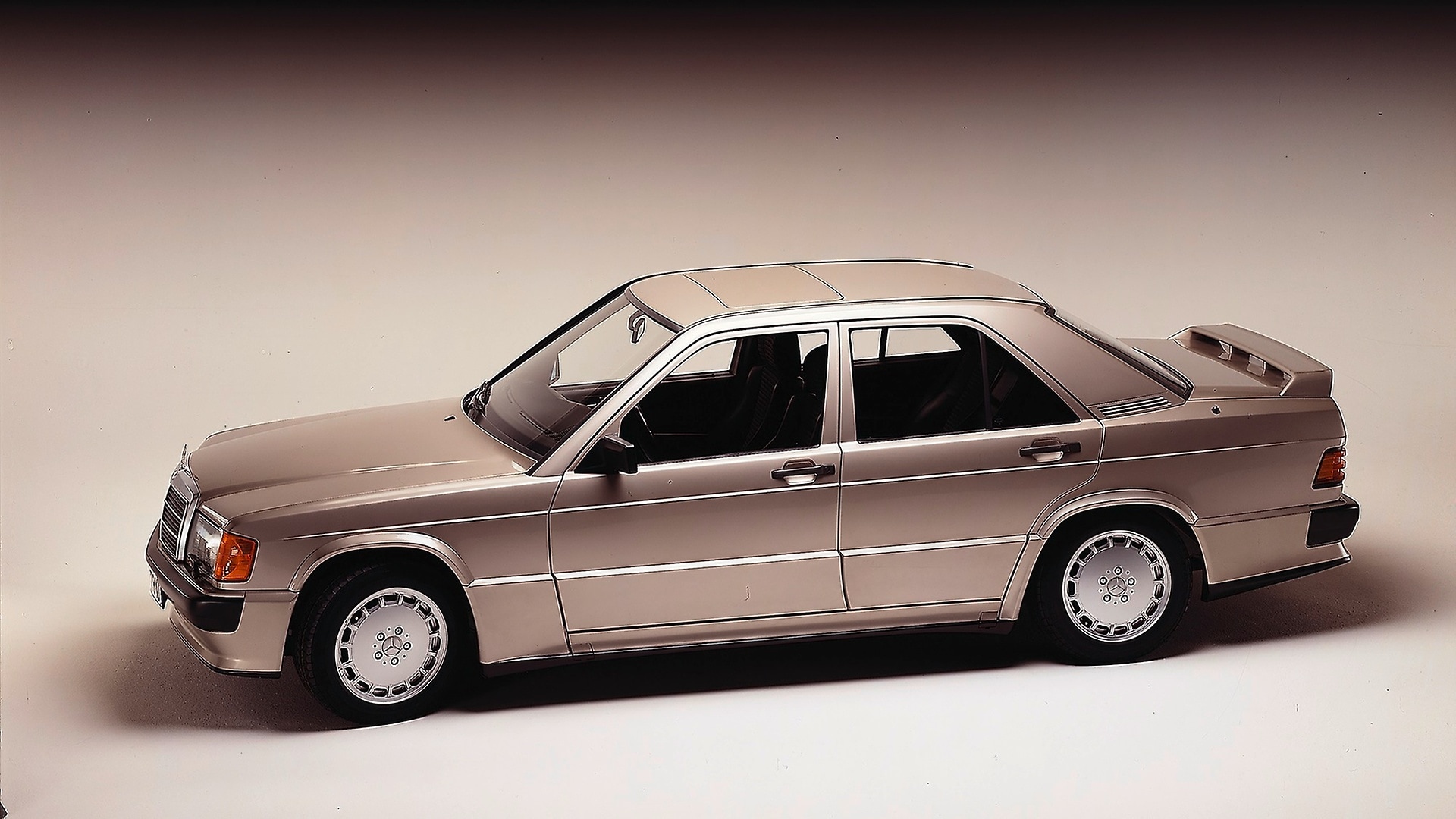
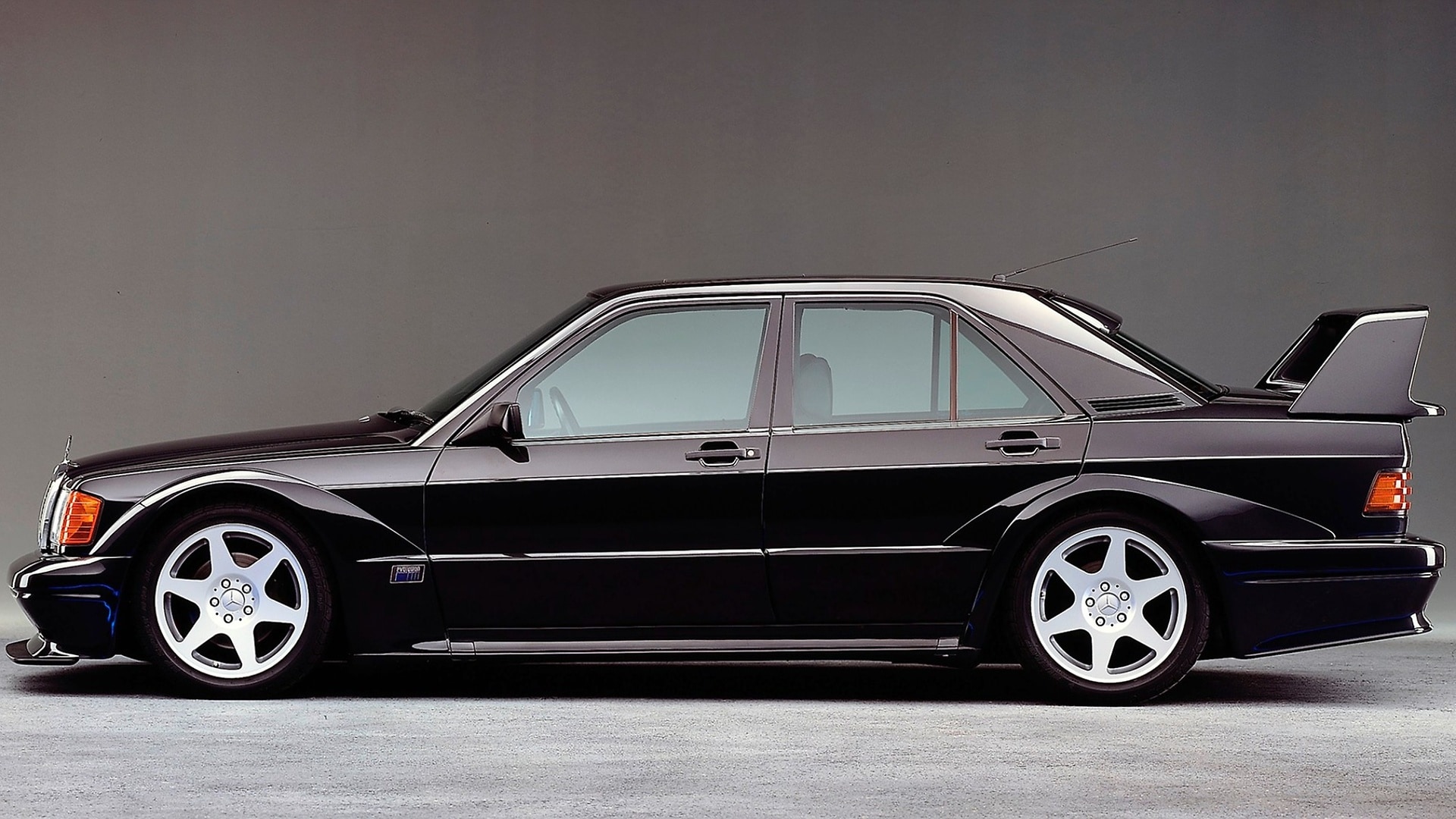
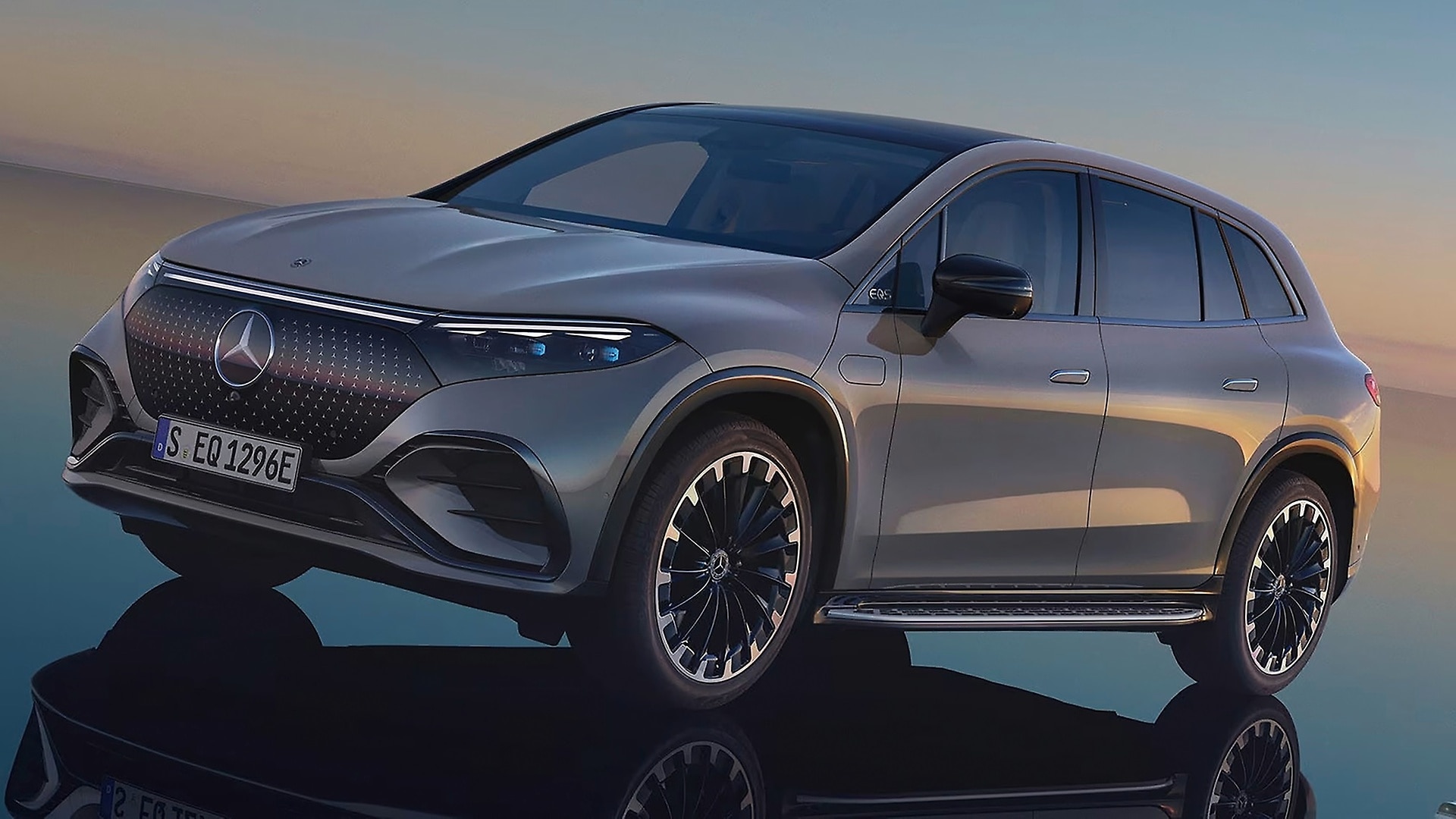
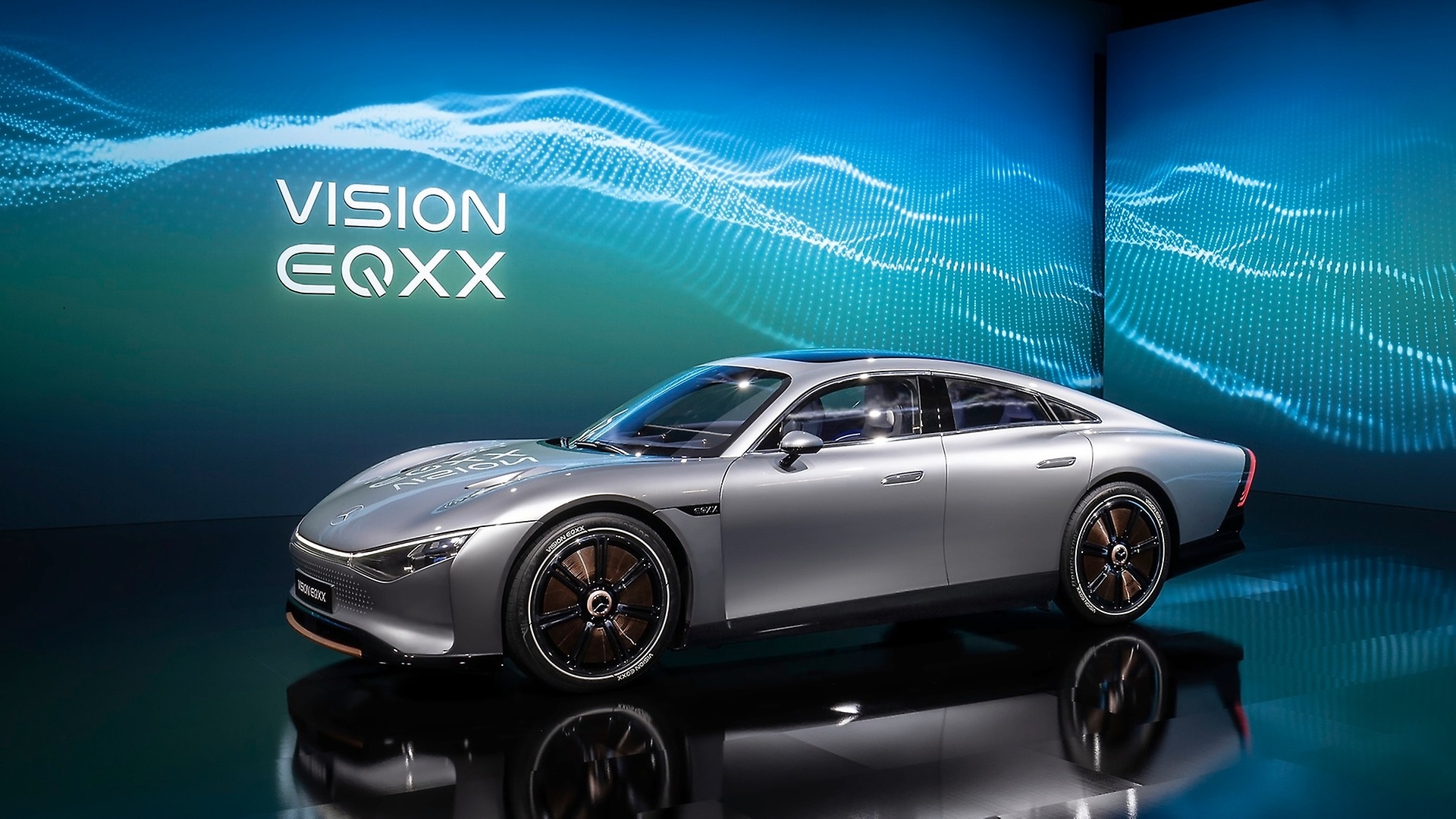
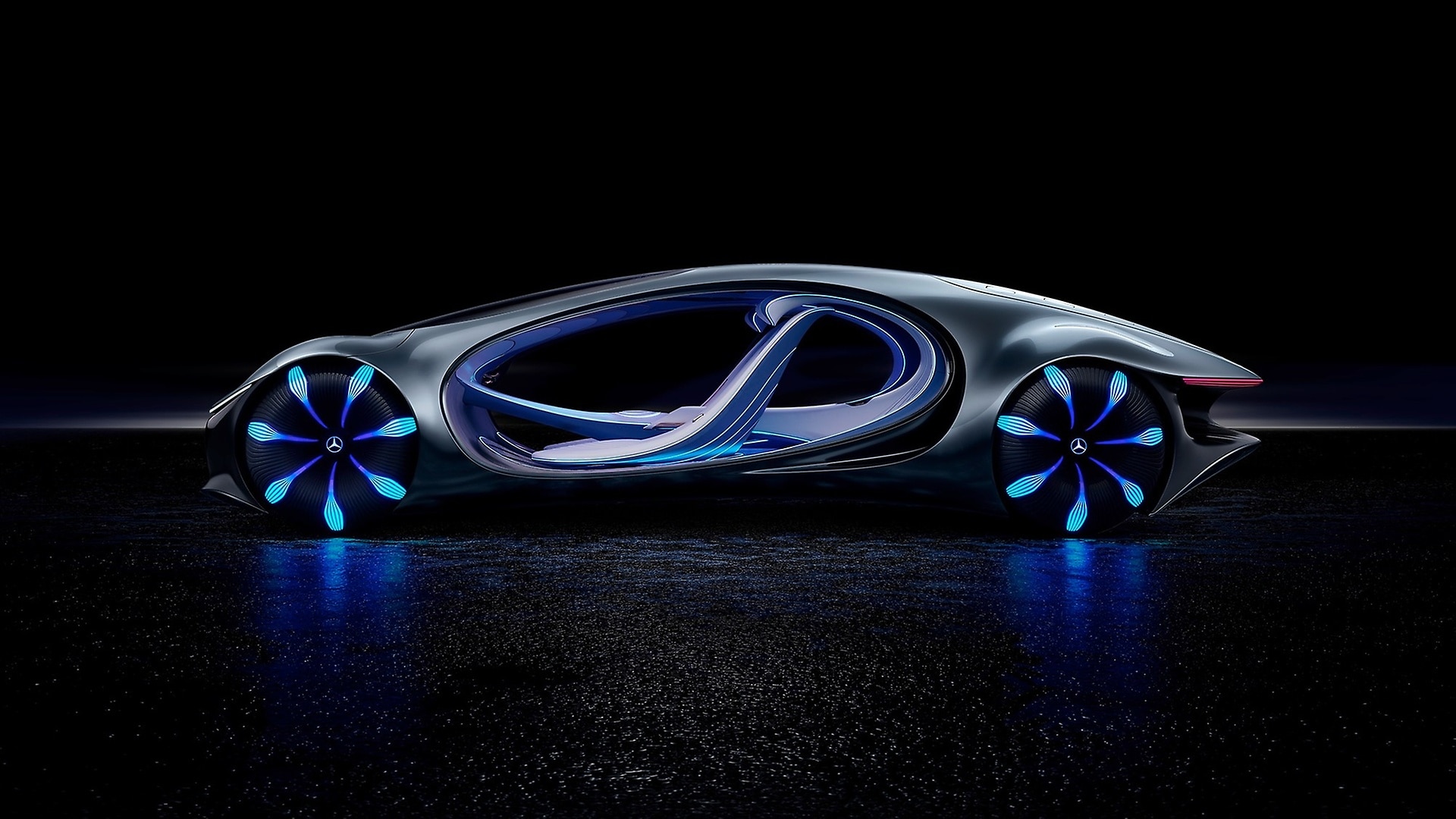
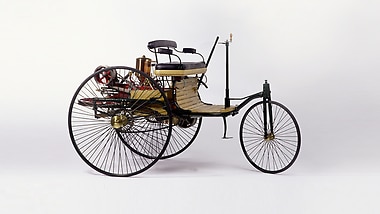
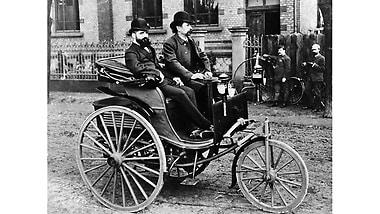
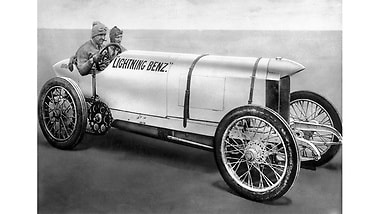
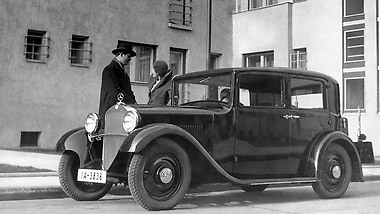
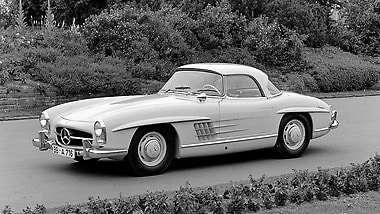
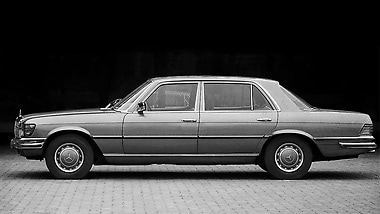
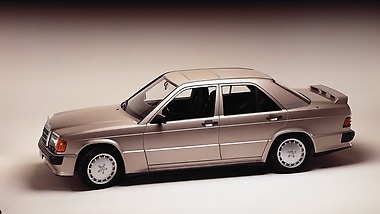
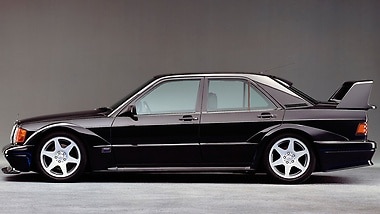
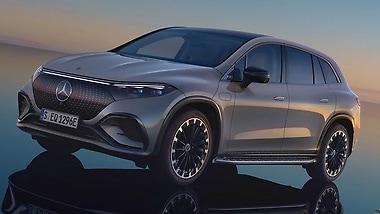


The lightweight yet robust wire-spoke wheels quickly became popular for sports cars. They were around 50 percent lighter than their robust wooden counterparts. For racing and record-breaking events, they were often fitted with sheet steel or aluminium covers. These “disc wheels” caused less air turbulence and therefore brought considerable aerodynamic advantages. One prominent example is the 200hp “Blitzen” Benz. In 1911, it was the fastest machine ever made, with a top speed of 228 km/h. Even aeroplanes and locomotives could not keep pace with it. The Blitzen Benz became a worldwide symbol of record-breaking achievement, and a legend that continues to have an impact to this day.
Beyond the flourishing motorsport sector, the sheet-steel disc wheel was used more and more frequently. It could be produced much more efficiently, and in large quantities. The pioneering 170 saloon from 1931 was the first to roll on these wheels. The design was crowned by small hubcaps with fine decorative lines, and proudly in each centre sat the Mercedes star. Various colours ranging from deep black to body colour as well as chrome-plated trim rings made it possible to fulfil individual customer wishes. Like their own footwear, customers could express themselves through their choice of wheels. Mercedes-Benz further refined the design at the beginning of the 1950s. In addition to the hubcaps, perforated trim rings were added as a new design element. This gleaming chrome refinement celebrated its premiere in 1954 with the ‘Ponton Mercedes’ Type 220 (W 180) and the ambassadorial Mercedes-Benz Type 300 b (W 186 III) saloon, the so-called “Adenauer Mercedes”. As the 1960s rolled around, the imperious Mercedes-Benz 600 Pullman (W 100) also rode on these sheet-steel wheels. This iconic saloon was considered the best car of its time and was not only popular with state leaders – musicians such as John Lennon, Elvis Presley and Udo Jürgens also drove the 600 Pullman.
The legendary 300 SL “Gullwing” Coupé, on the other hand, did not ride on pure-sheet-steel wheels. It was the first Mercedes-Benz model with composite wheels. The wheel disc was made of steel, the rim of aluminium. Instead of five-wheel bolts, there was the option of a centre lock with a large wing nut as used in motor racing. With its iconic design, the 300 SL took people's hearts and the cinema by storm. Its numerous celebrity owners included Hollywood stars Sophia Loren, Gina Lollobrigida, Tony Curtis and Clark Gable. This sports car is a design icon and still enjoys cult status today.
Another iconic and still popular art motif is another gullwing: the legendary Mercedes-Benz C 111 from 1969. With its super-sporty silhouette and forged multi-spoke aluminium wheels, it is a design icon of the 1970s. The wheel design conveyed a high-performance appearance in a contemporary context. Affectionately known as “baroque wheels”, the multi-spoke design characterised the style of many model series in the 1970s and 1980s – for example the 280 S to 300 SEL S Class models, the “Stroke Eight” saloons, the SL and SLC models and the S Class 116 model series.

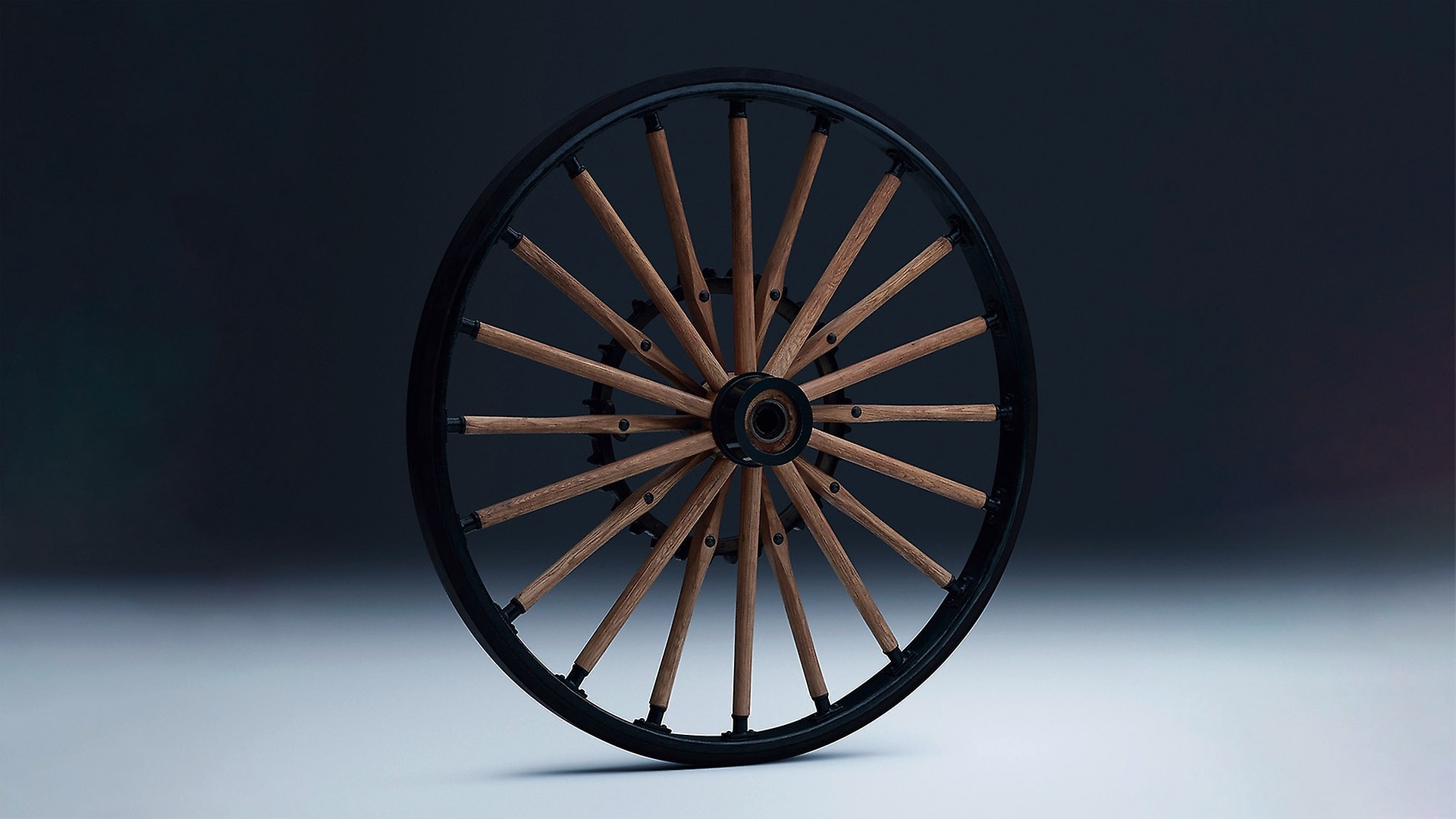
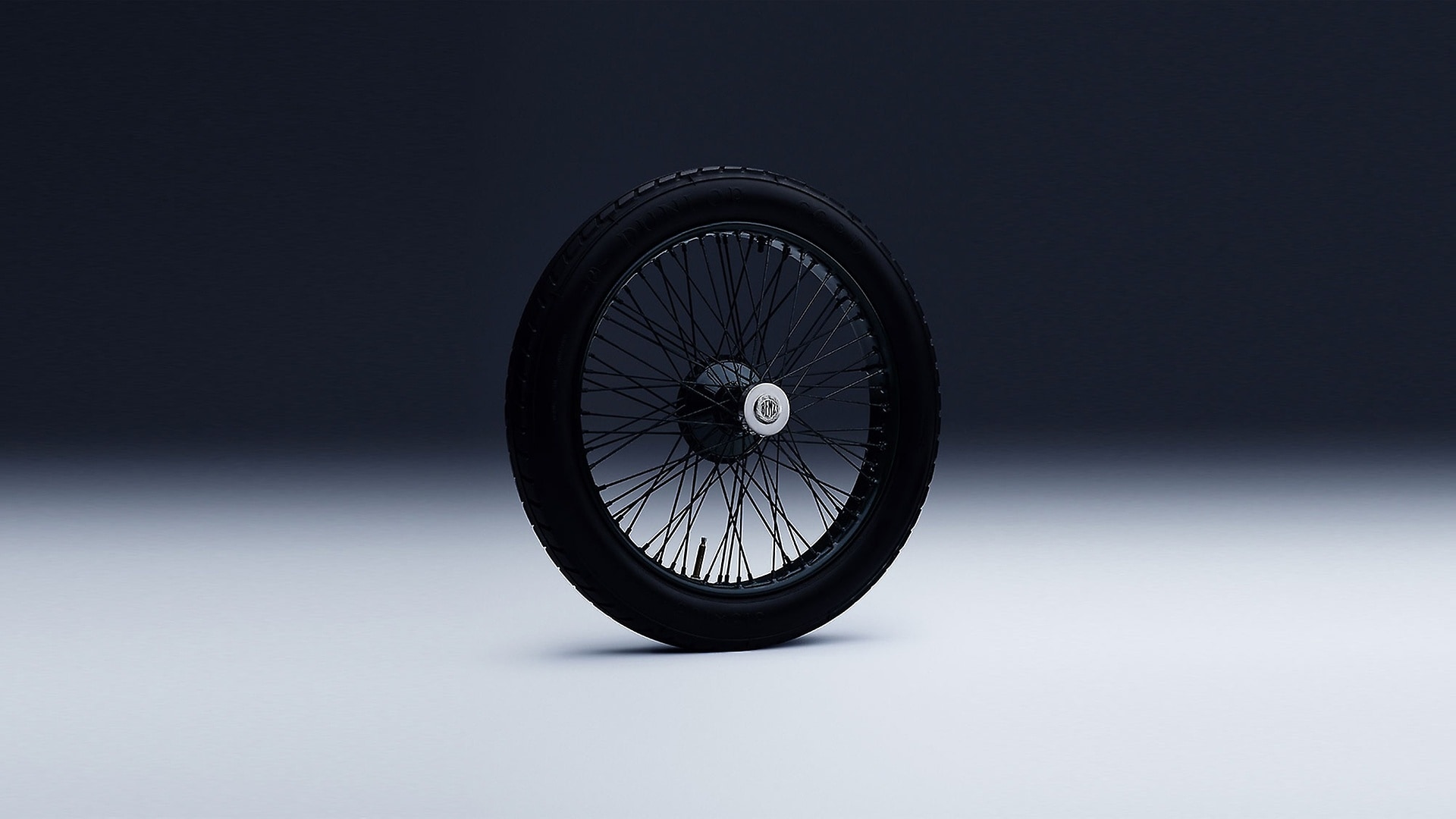
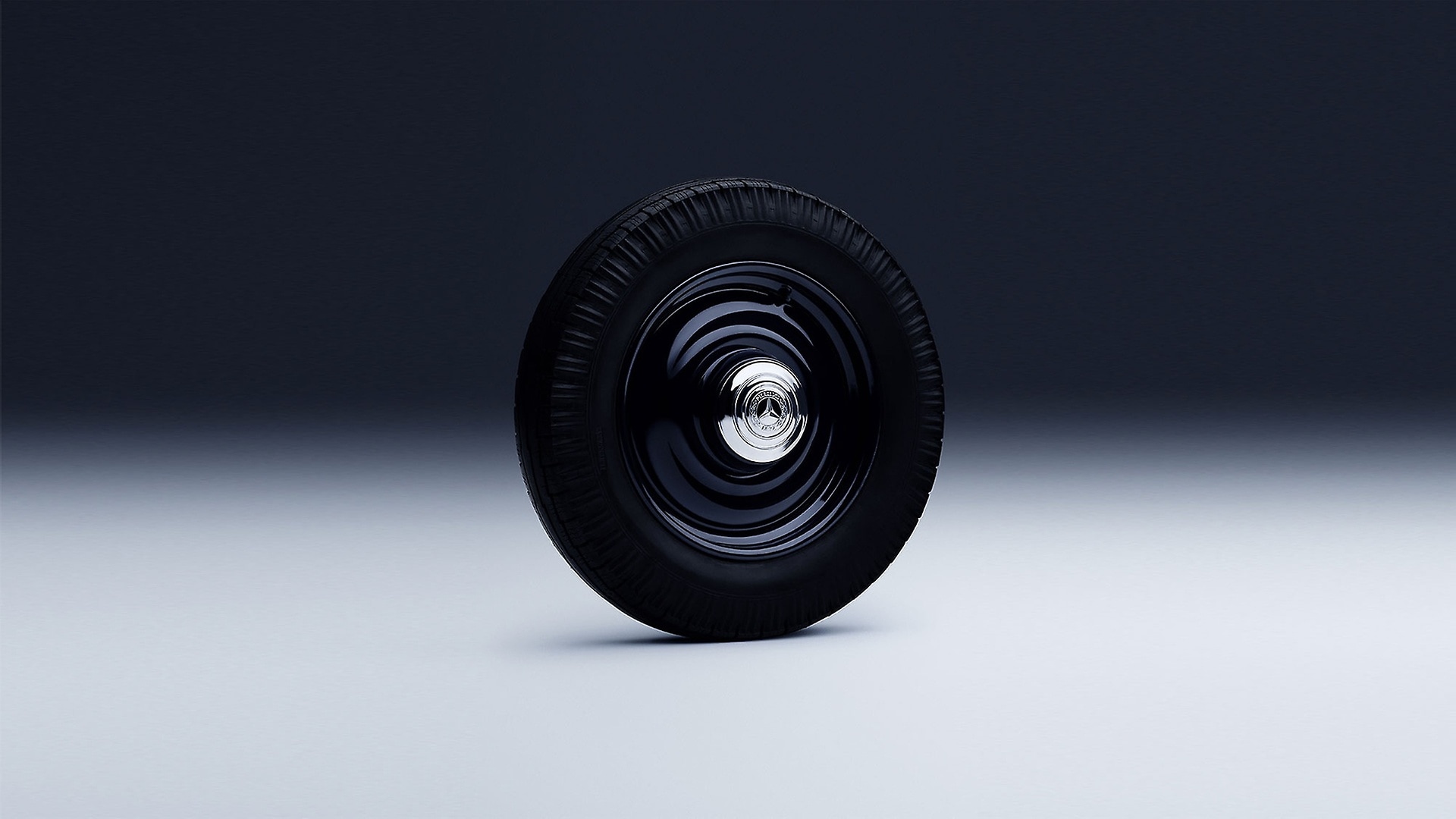
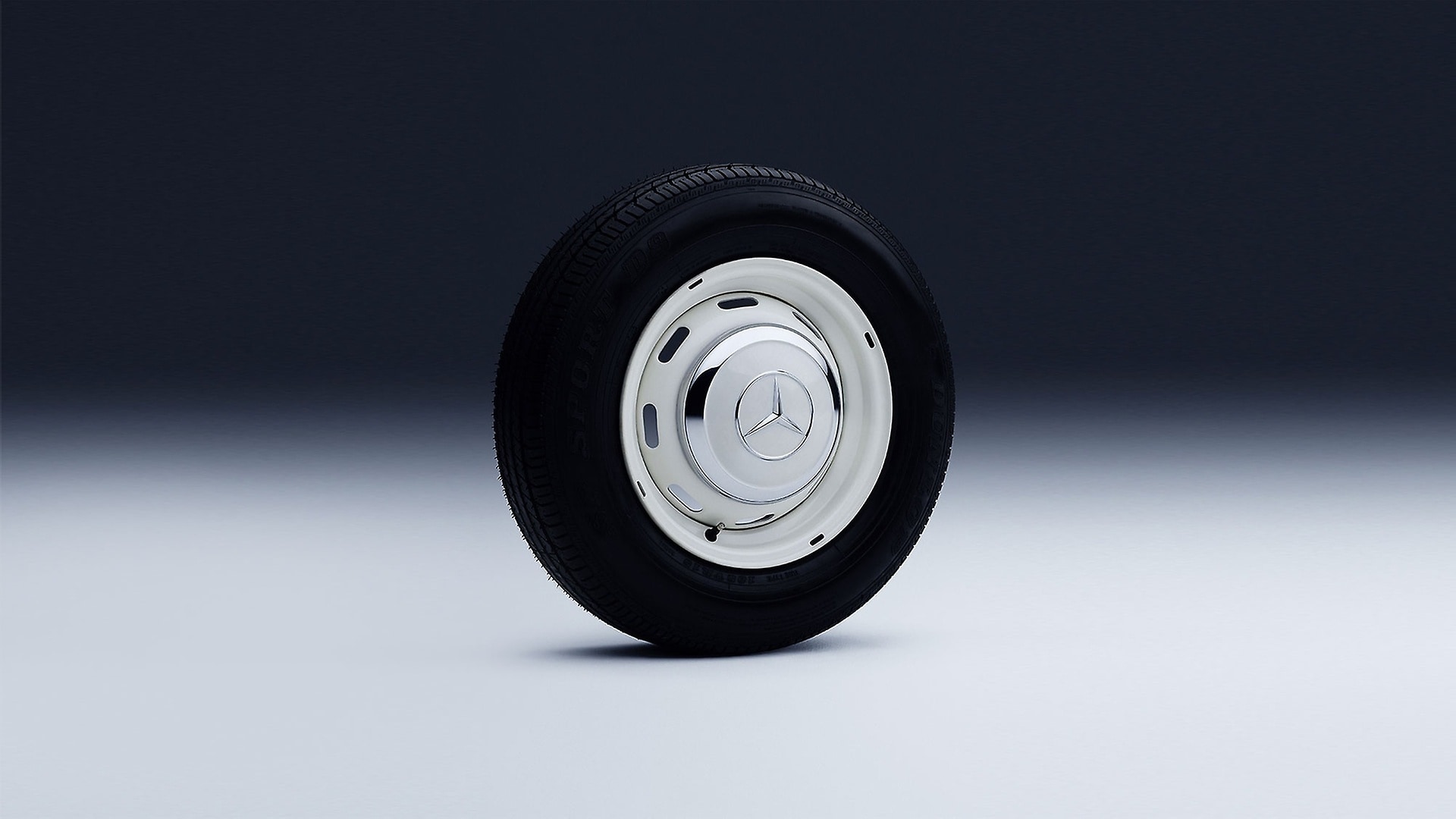
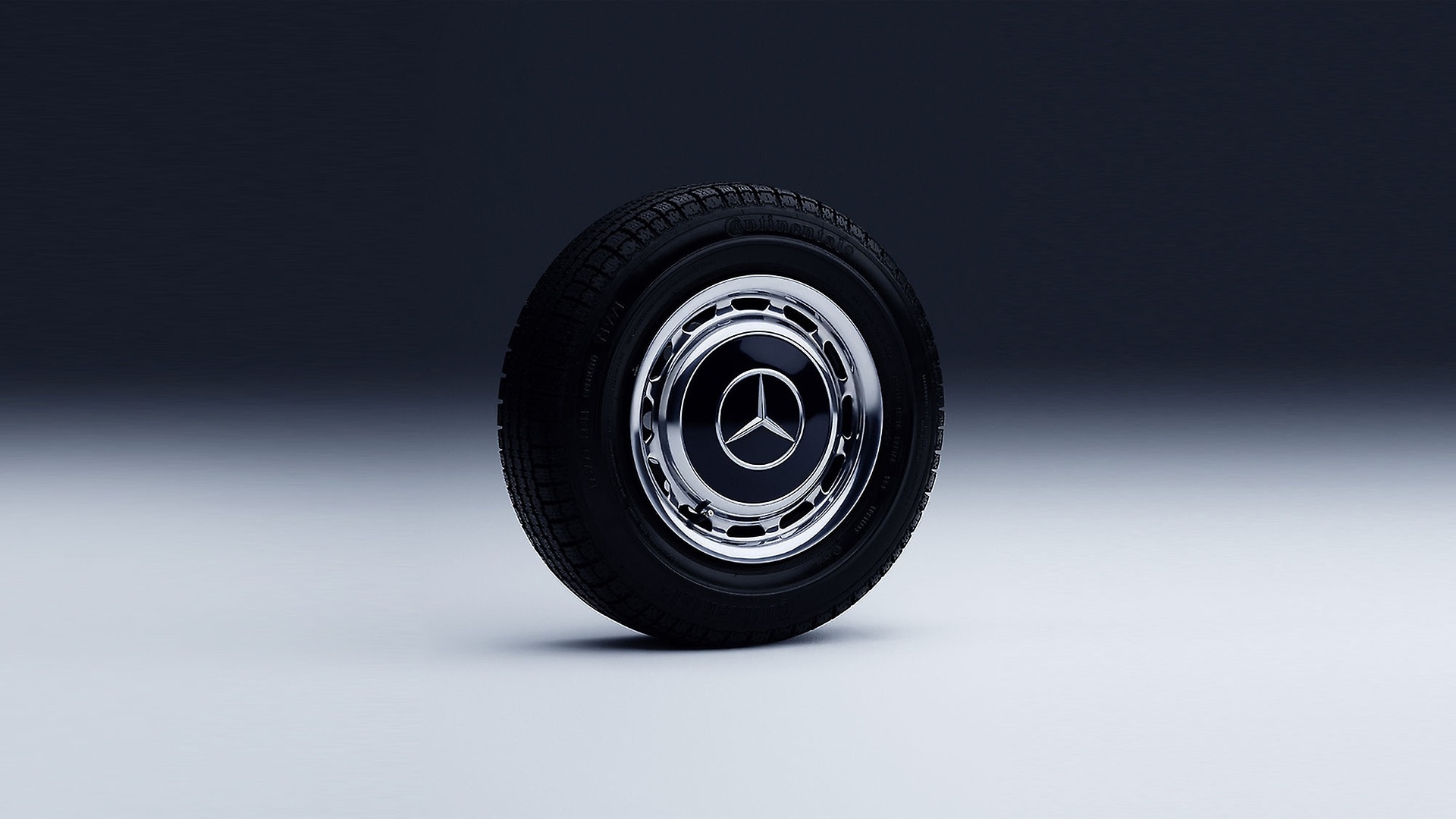
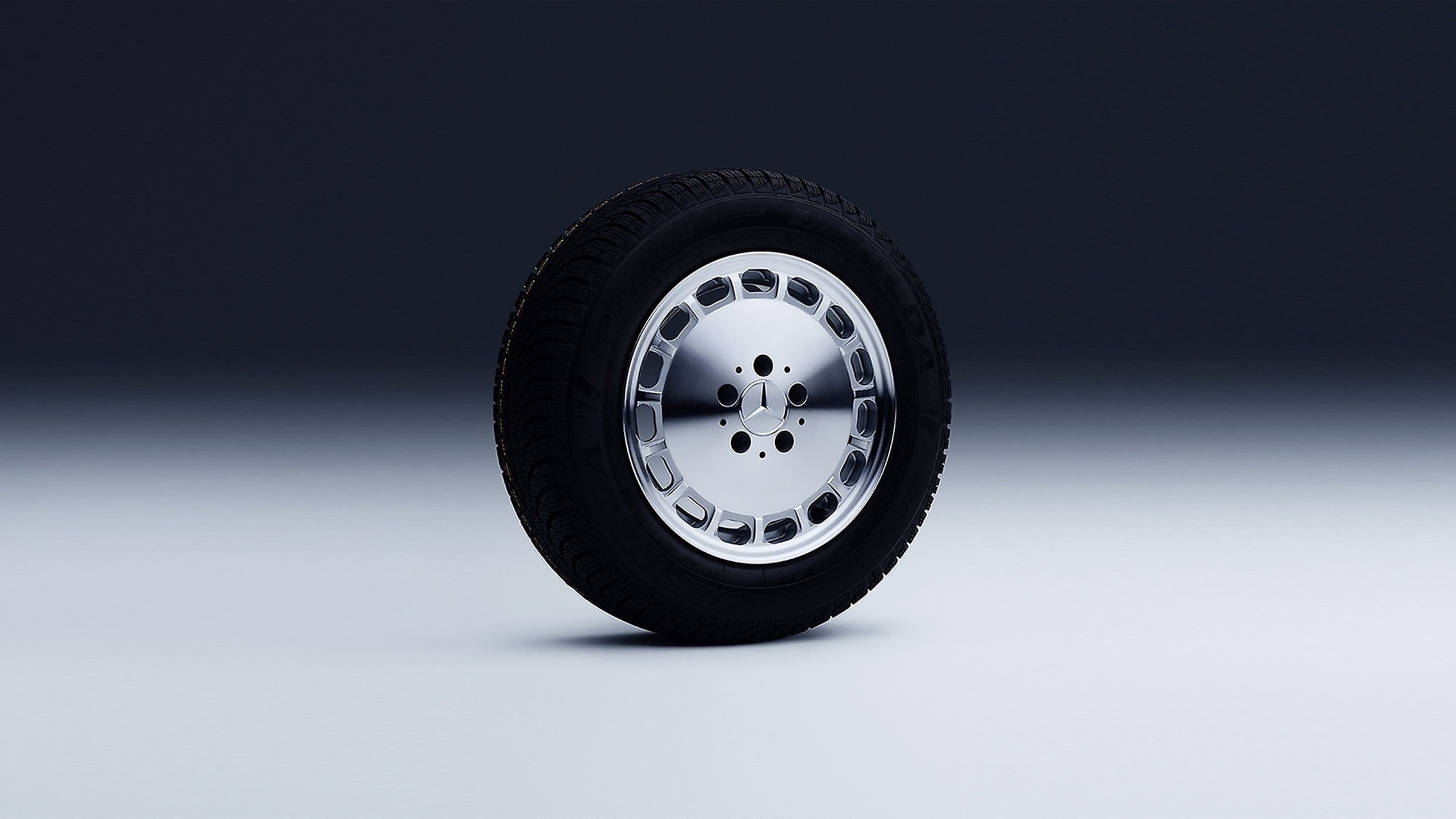

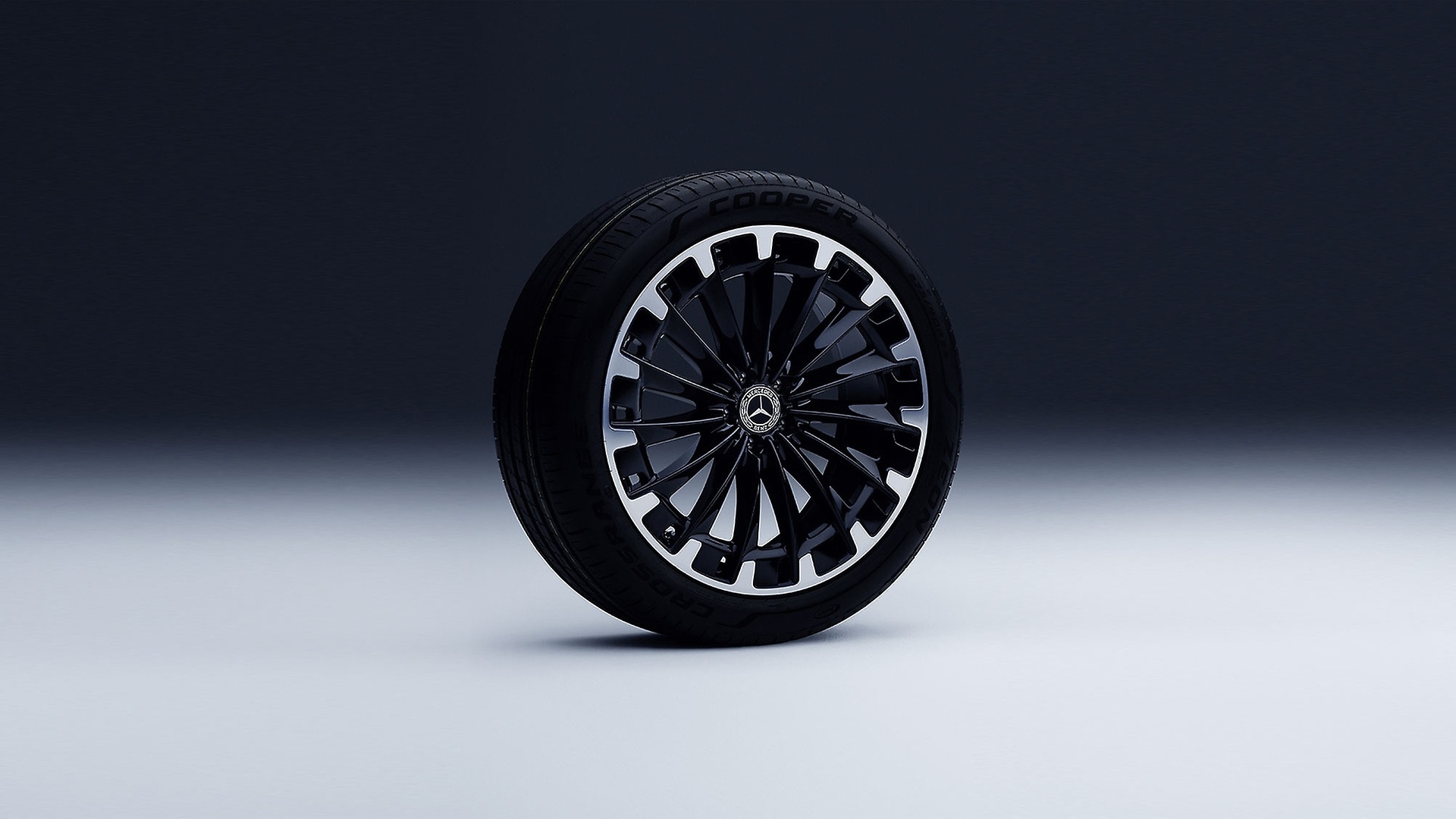
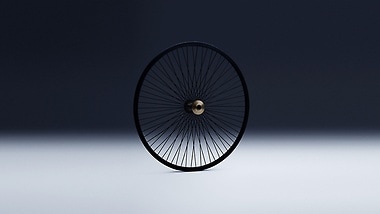

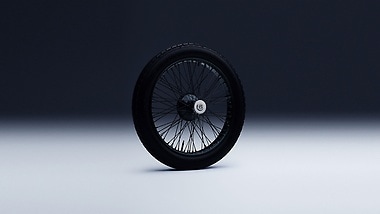
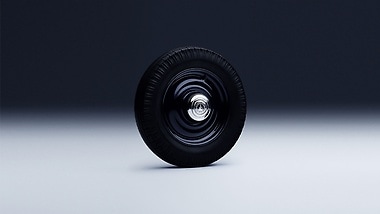
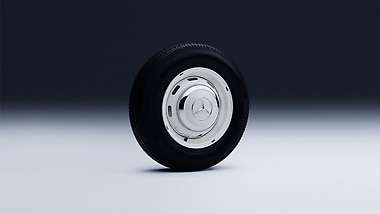
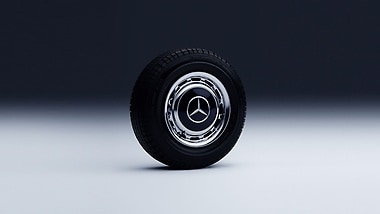
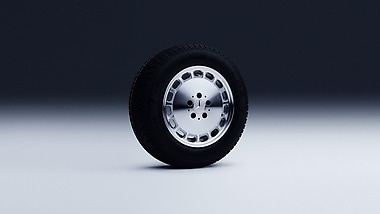
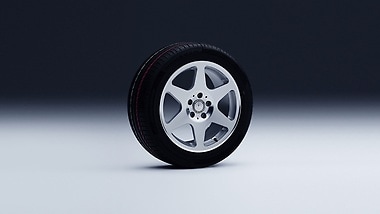
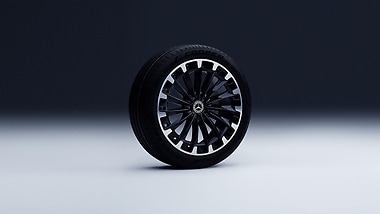
In the 1980s, Mercedes-Benz developed minimalist 15 hole and eight hole alloy wheels. Their design adopted a clear design language with their smooth appearance. The full-surface wheel was used across all model series, including the 190 E 2.3 16, the most dynamic Mercedes-Benz at the time. Another prominent example of the 15 hole wheel is the 500 SEL saloon (126 model series). The 15 and eight-hole wheels are timeless classics. Their full-surface design was later reinterpreted again and again in the current monobloc wheels from AMG and Maybach.
From the 1990s onwards, a new variety of wheel designs emerged. An absolute highlight from this period is the ‘EVO II’ wheel on the 190 E 2.5 16 high performance saloon. It still enjoys cult status today because it came directly from motorsport and replaced the previous small multi-hole alloys. The design is based on a star with six powerful arms. The cooling air openings allow a view of the generously dimensioned brake system. Form and function are combined to perfection here.
New challenges and trends in wheel design arise from purely electrically powered models. They require wheels that are aerodynamically optimised for efficiency and range, as well as looking great. The formal conflict of objectives between aerodynamically necessary closed surfaces – what are referred to as “aeroskins” – and sporty, elegant designs with maximum size effect is resolved by the technology of high-gloss turning. Silver spokes and accents as well as black surfaces are used in a high-contrast interplay. Aero wheels with weight-optimised plastic inserts are also available for the first time across the Mercedes-Benz electric range. The wheels, which feature elements with hot-stamped silver star patterns on a black background, have a particularly striking appearance.
A current aerodynamic highlight is the 20 inch wheel for the EQS SUV. With a star-shaped aerodynamic cover made of plastic, it is perfectly matched to the flanks of its SUV tyres, which are also aerodynamically optimised. This wheel is a good example of the successful interplay between function and appearance.
What will the wheel of the future look like? Show cars and concept vehicles give a first glimpse of what is to come. The operational concept vehicle VISION EQXX rides on lightweight magnesium forged wheels in a semi-transparent double-spoke design with rose-gold accents. Until now, magnesium has only been used for wheels in motorsport. Together with the tyres, which have low rolling resistance and improved aerodynamic geometry, the wheels increase the range. The EQXX’s record of more than 1,200 kilometres on one battery charge is also thanks to this.
Whether it be performance or status, the wheel will continue to be a means of expressing sophistication and culture in the future. The “bubble wheels” of the Mercedes-Benz VISION AVTR provide a futuristic outlook. The film “Avatar” served as inspiration for their design. The treads and the illuminated spokes merge to form a completely new type of wheel sculpture. Thanks to their almost spherical shape, the wheels enable new driving movements and a small turning circle. This is because they minimise the contact surface of the tyres with the ground. All four wheels can change direction individually. In other words, they can move forwards, backwards and even diagonally – exceptionally functional and visually perfect.
This article was last updated in September 2024.